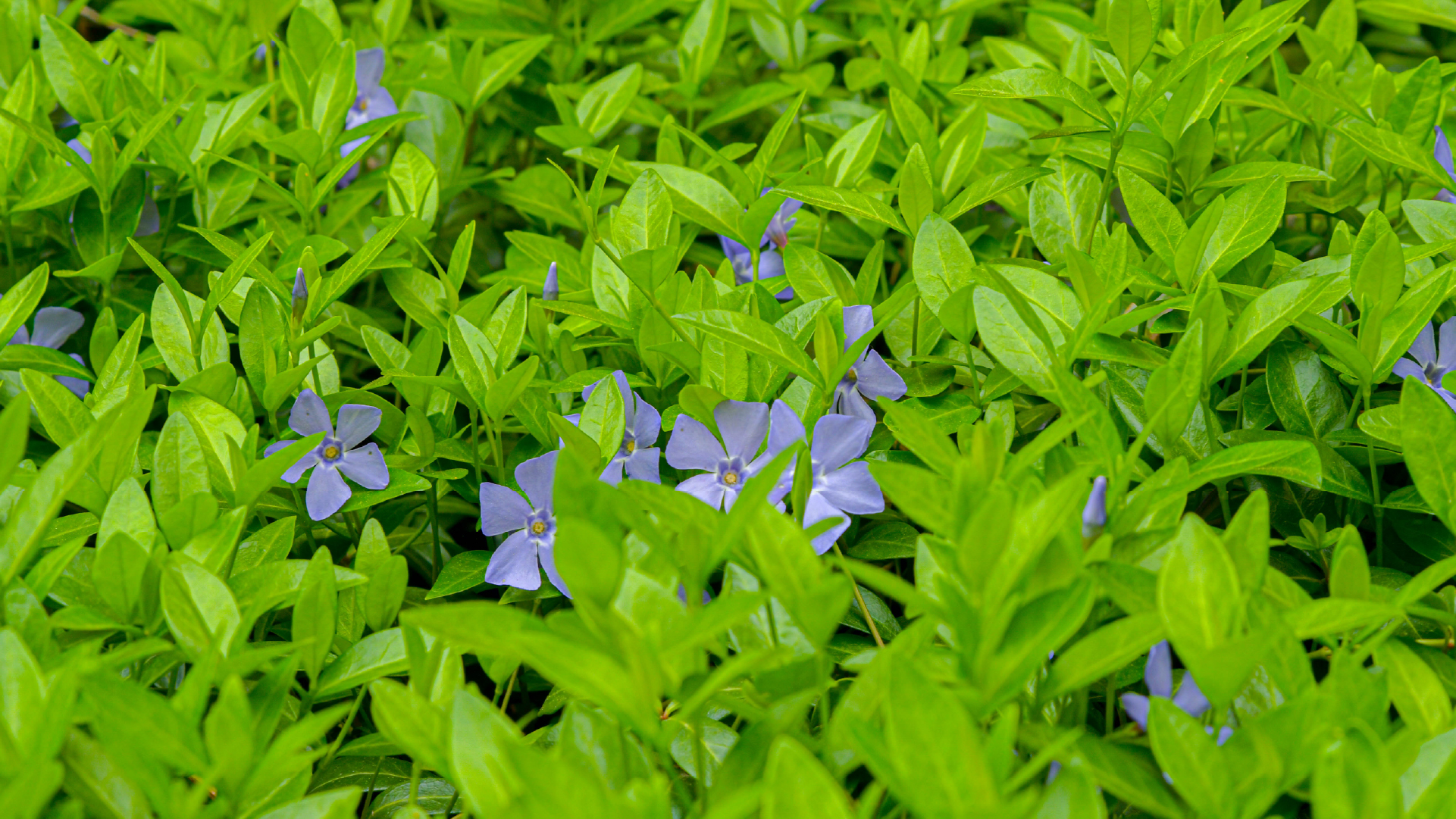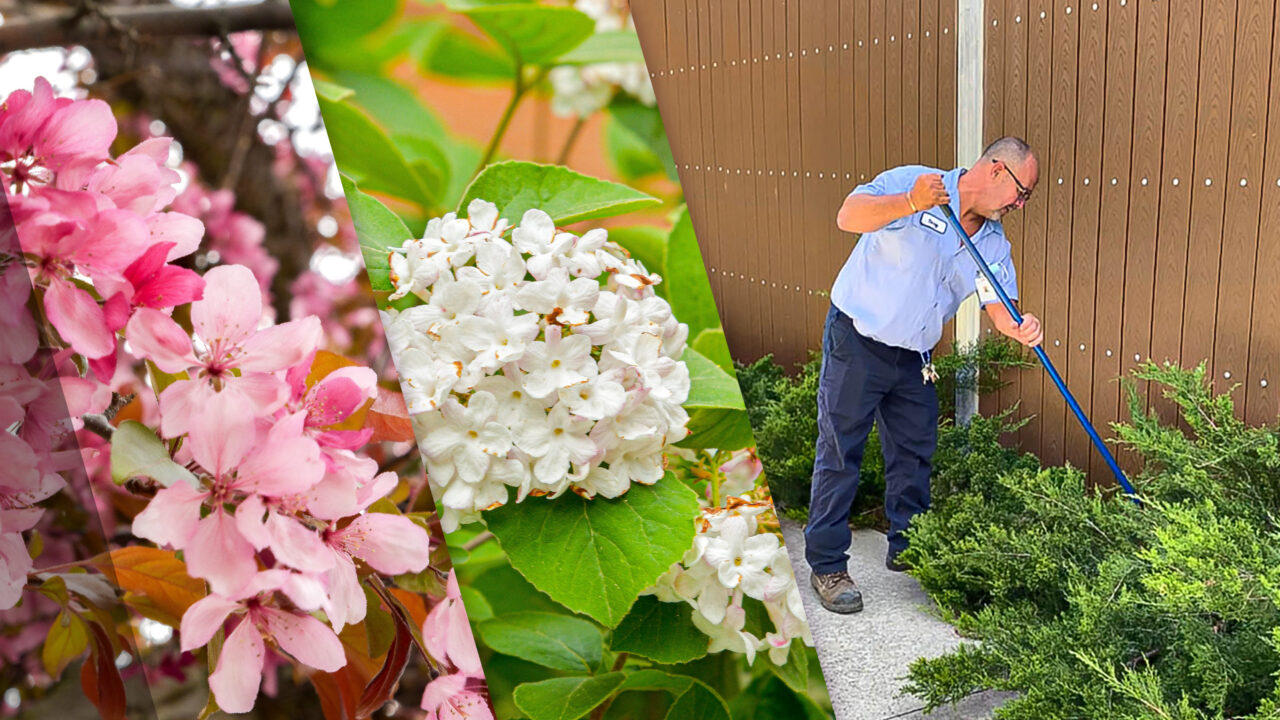As we get ready to enjoy warmer weather and longer days, we are sharing some tips to make your outdoor space a beautiful place to spend your time. Our resident groundskeeper and maintenance assistant, Terry King, manages over 10,000 square feet of outdoor space around the hospital for patients, staff, and the community to enjoy. Here are some of Terry’s best practices for ensuring your outdoor greenery thrives and gives you a little oasis to enjoy all season long.

1. Deep clean
After the snow has gone, make sure to wash down your surfaces – salt from the winter season can be very damaging to asphalt, and to soil, which would impede growth of plants. It can also cause discolouration to pathways and driveways. Additionally, if you have grass, you will want to rake your lawn to remove any winter debris.
2. Make a plan
Create a list of what you need – from plants to garden tools – and replace when it is time to replace.
3. Watch the weather
Depending on how early the season begins, your first task may vary. “Wet season” – which is typically from March to June – is an ideal time to plant, as vegetation will grow substantially with less maintenance required.
4. Damage control
If there is going to be winterkill, you will want to prune back or pull any dead plants depending on how far gone the plant is.
5. Weed
Pull up weeds by the roots, there are tools to help you with this. If you want to prevent weed growth in your garden beds, laying down a filter cloth, then filler or soil on top is a good solution. If you would like to put plants down, simply cut a hole in the cloth and then plant.
6. Over seed
Sow seeds in any bad areas or patches of your yard, ideally while still in wet season. Whenever seeding on uneven ground/graded land, placing burlap over top and watering will ensure the seeds stay in place and are not washed away. Once the grass blades begin to sprout through the burlap, it can be removed, as they will have taken.

7. Prepare your beds
When getting ready to plant, edging and turning your soil – only if dry, never when wet – will give your plants the best environment to root and grow.
8. Mulch
When mulching around trees, never cover up the base of your tree, or it will produce roots and eventually kill your tree.
Bonus tip
Sodding can be done year-round with careful and diligent maintenance, especially during the hotter months, but the best time to do so is in the fall when the temperatures start to cool down and the sun is not out as long, avoiding having to water as frequently and worrying about excessive evaporation. This allows the sod to catch and take root.
